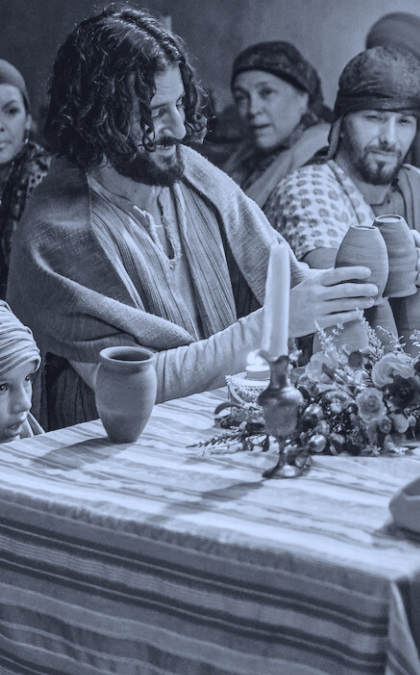Jesus bled as the Passover Lamb

In the spirit of Easter last week* we started the journey of discovering the significance of each of the seven times Jesus bled for us during the final 18 hours of His life, leading up to His death on the cross.
Tomorrow, we will look at the fifth instance, but today, I would like to pause to discover another beautiful foreshadowing of Jesus’ death: the festival of Passover.
When the Israelites were desperate to leave Egypt, God instructed them:
“each man is to take a lamb for his family, one for each household… The animals you choose must be year-old males without defect... Take care of them until the fourteenth day of the month, when all the members of the community of Israel must slaughter them at twilight. Then they are to take some of the blood and put it on the sides and tops of the doorframes of the houses where they eat the lambs.” – Exodus 12:3,5-7
Later that night, an angel of God passed judgment on Egypt, striking down every firstborn–except in the houses where the Lamb’s blood covered the doorposts.
This event was the final straw for the Egyptian pharaoh, who summoned the people to leave.
To this day, Jewish families celebrate the festival of Passover annually, remembering how God brought His people out of Egypt (Exodus 12).
When Jesus was crucified, it was during the festival of Passover, at the exact time the Passover lambs were being slaughtered in the temple courtyard.
Coincidence? Absolutely not! It was divine design.
The blood of the Passover lamb, smeared on wood vertically and horizontally, saved the Israelites from God’s judgement for one night. But the blood of Jesus, the ultimate Passover lamb, smeared on the cross, has redeemed us forever!
“Get rid of the old yeast, so that you may be a new unleavened batch—as you really are. For Christ, our Passover lamb, has been sacrificed.” – 1 Corinthians 5:7
friend, take a moment today to thank Jesus for becoming the perfect Passover Lamb, sacrificed for our sins.
*If you recently subscribed, you may have missed these emails because our new subscribers receive a series of introductory emails first, but you can catch up on the website.


